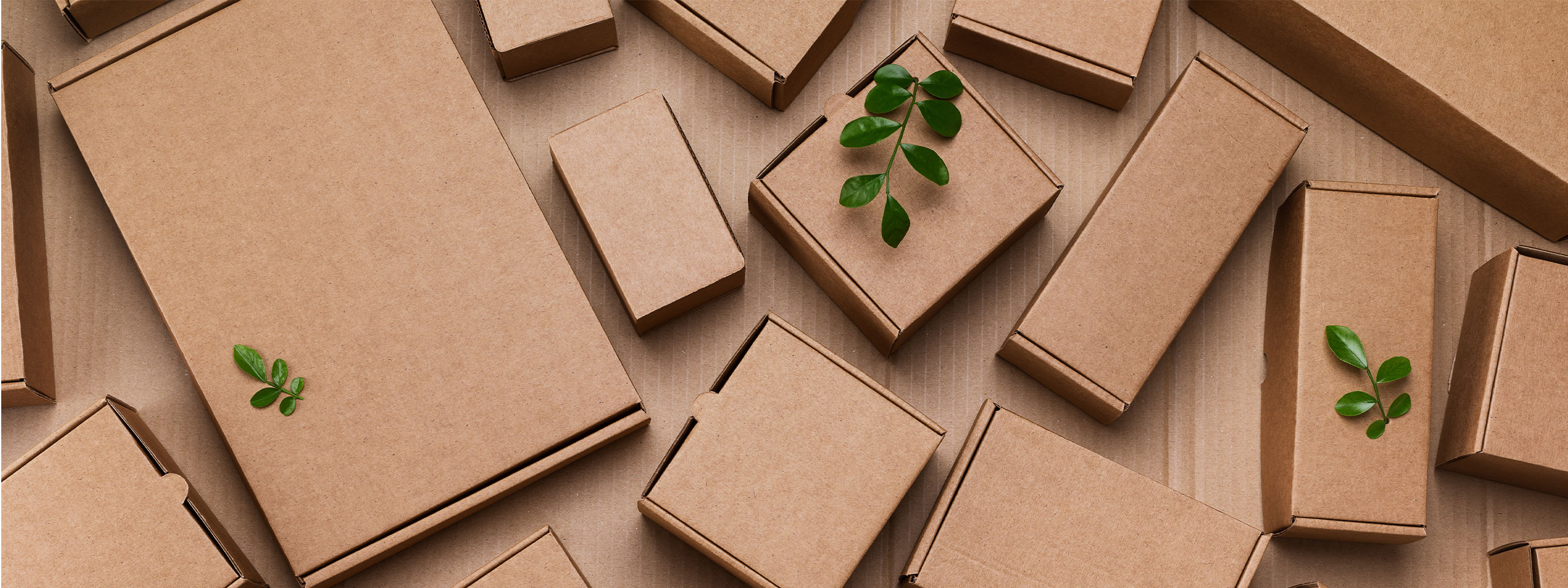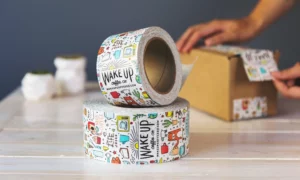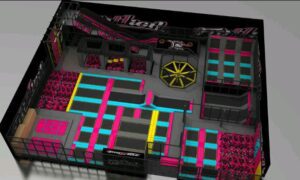Picture a beach where more plastic washes ashore with each crashing wave than shells. This is the world we live in. Over 8 million tons of plastic annually enter the ocean, resulting in devastating consequences: marooned ecosystems, reduced biodiversity, and increased global warming.
We must eradicate plastics from existence, and the company R2E-Pack is doing so in a unique, yet cautionary, way. Their packaging prowess has the potential to be the sustainable packaging champion for a plastic-free, scalable reality.
Shifting Tides – Why Plastic-Free Packaging is Non-Negotiable
Consumers are purchasing what they assess as valuable. With 70% of consumers looking for brands with sustainable packaging (Nielsen Report), it’s no surprise that brands have to change the way they produce and source products. No plastic initiatives that should have been embraced from the beginning are now part of ESG (Environmental, Social, Governance), compliance, and a brand’s socioeconomic responsibility to transparency in the marketplace.
The UN is debating a treaty for plastic pollution, a global effort to reduce waste that will, eventually, change the world. As an option, plastic packaging is temporary for the time being. Brands that hope to exist in the future will be plastic-free.
Sustainable Packaging Trends Reshaping the Industry
Four transformative trends are shaping the future of packaging:
- compostable packaging. From bamboo pulp to agricultural waste, packaging is now available that can decompose in a matter of months instead of hundreds of years.
- The circular economy packaging as a service means customers lease the packaging, return it, and reuse it, meaning it never goes to the landfill.
- Composite materials blend natural materials with bio-resins for robust packaging solutions without the environmental guilt.
- Transparent technologies like QR codes and blockchain offer an origin story of where the packaging came from to prove it’s as green as it claims to be. This isn’t packaging for the future. This is packaging for today.
They’re not trends. R2E-Pack engagement a sustainable future across four key areas. Where virgin plastics for other packaging options render sustainable not good enough, their sustainable films are made of biodegradable materials such as polyethylene, LD, MD, HD, LLD, and metallocenes and their composites, printed and unprinted, exceed in sustainability and durability.
Overcoming Hurdles in the Plastic-Free Transition
But why is it so difficult to go plastic free? More materials make for more complicated supply chains, etc. The company counters this with a Just in Time manufacturing process, and all materials are acquired locally. R2E-Pack’s compostable bags and pouches are 20% stronger than poly bags in third-party labs, people don’t know how to get rid of such items. R2E-Pack shows both present implications and future possibilities for its packaging solution. They’re toying with technically integrated advancements like AI-driven designs for reduced waste or additional biodegradable sensors for freshness tracking, potentially life-changing.
With the world trending toward more stringent regulations concerning plastic, their legal considerations already have them compliant down the line. The socio-community intentions aim to encourage other companies to abandon plastic, these are not packaging improvements for their benefit, but a socio-community sustainable grassroots effort for global change.
Conclusion
With 8.1 million tons of plastic entering the ocean annually, wreaking havoc on ecosystems and exacerbating climate change, eliminating plastic packaging is no longer a choice. R2E-Pack, the revolutionary sustainable packaging solution to prevent a plastic future.
Packaging is changing relative to packaging; 70% of consumers report using brands with sustainable packaging. No-plastic mandates are inevitable for corporate ESG compliance and public market transparency. The United Nations is working on a treaty to stop plastic waste, so sooner or later, plastic packaging will be no more.
Four leading characteristics are the future of packaging. These are packaging you can compost within three months, packaging that’s a circular economy, sent back and done over again. Packaging of composites made from natural ingredients and blended bio-resins, and packaging that’s transparent with a QR code to prove its sustainable promise.
Yet it is assessed that a lot of these endeavors will be taken on few and far between. R2E-Pack addresses a few of the short-term concerns with onsite materials, Just-in-Time production, and compostable qualities of champion.































